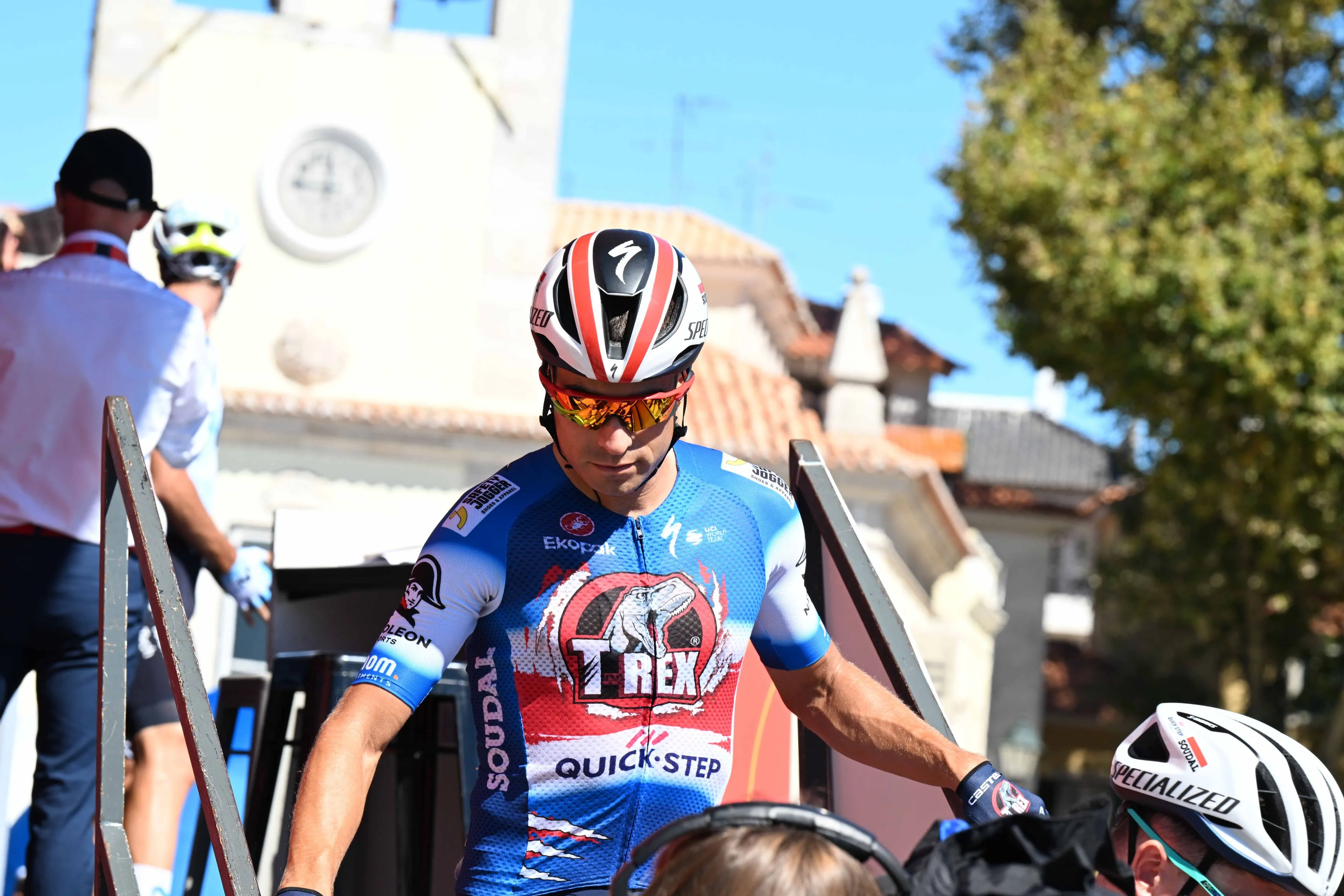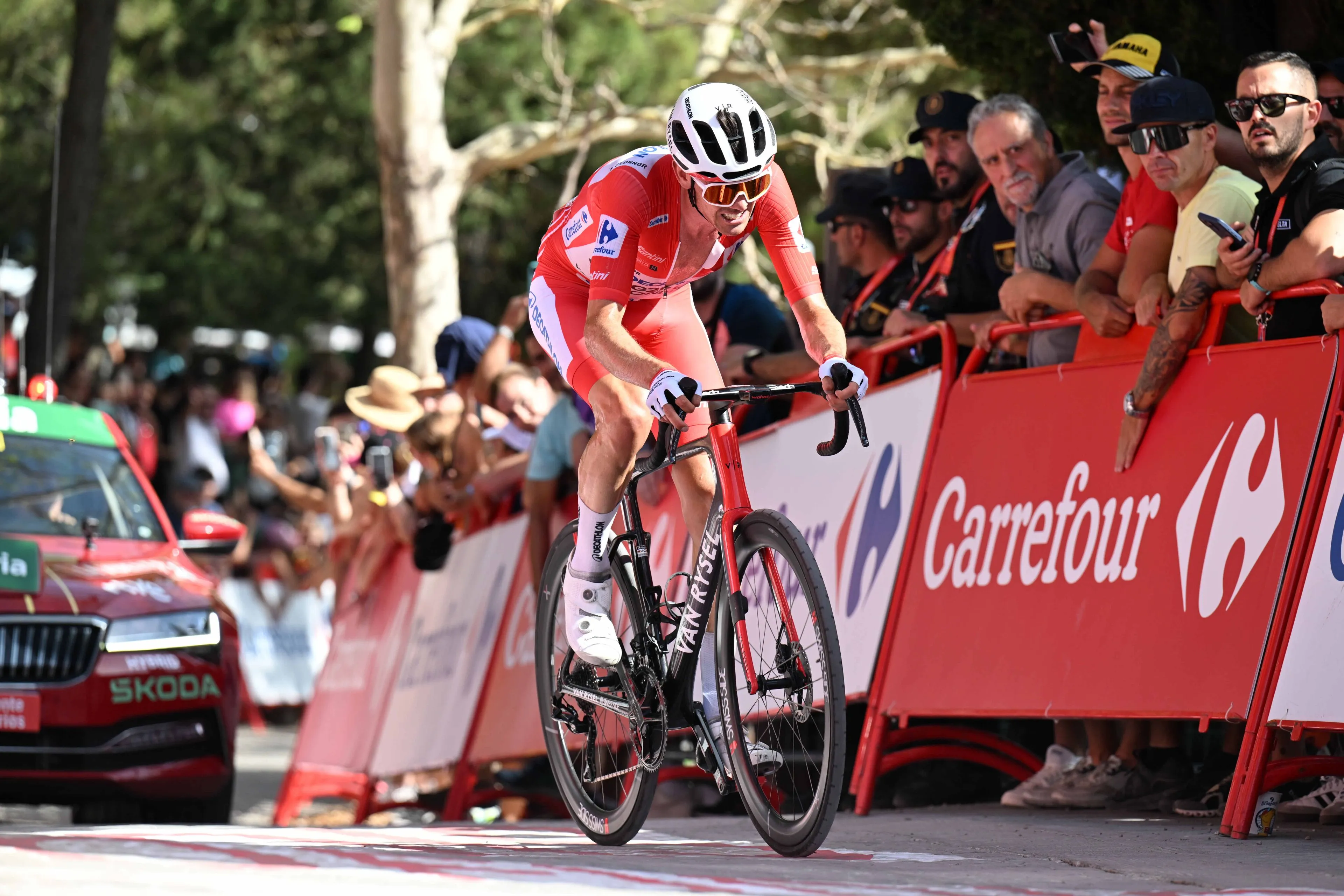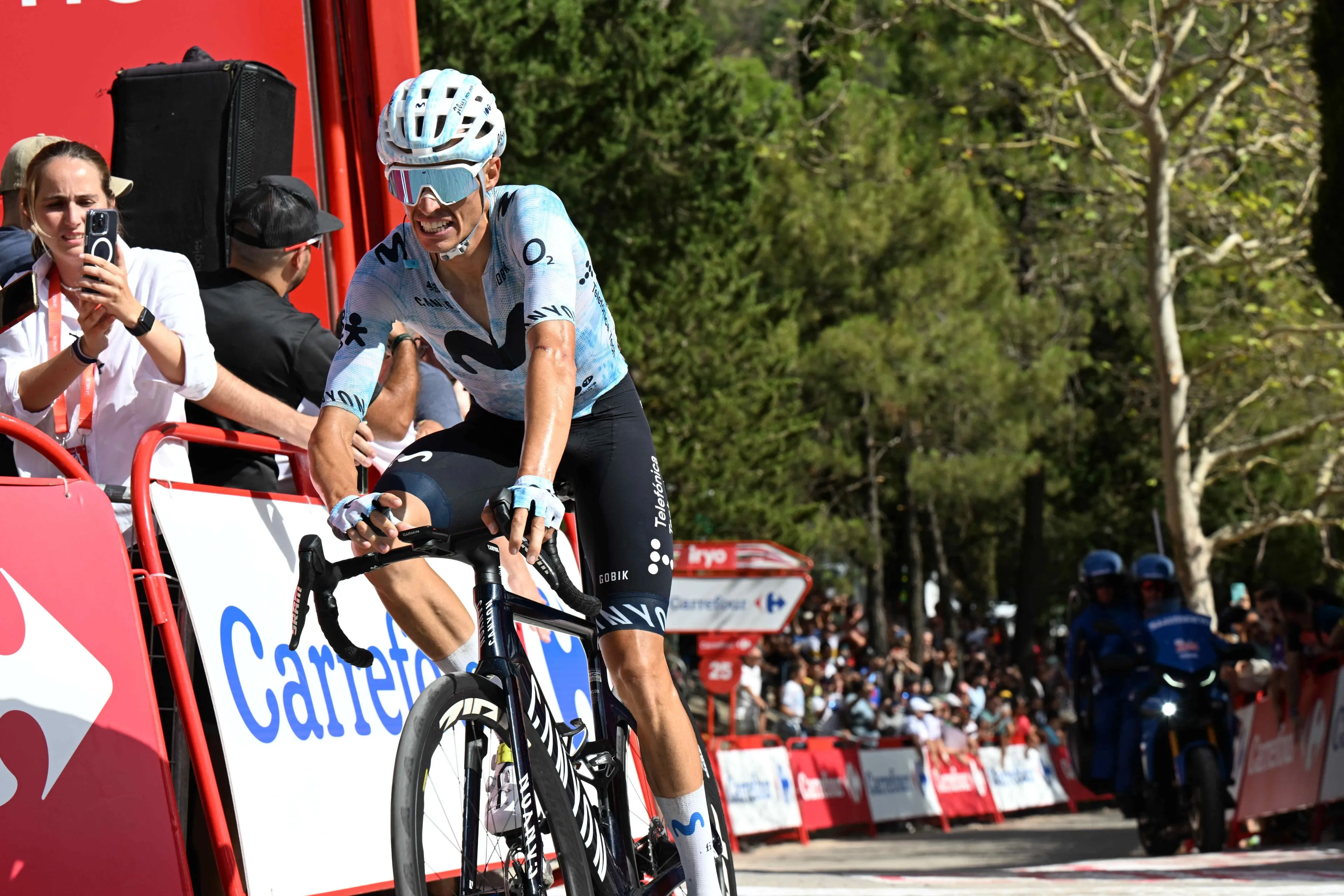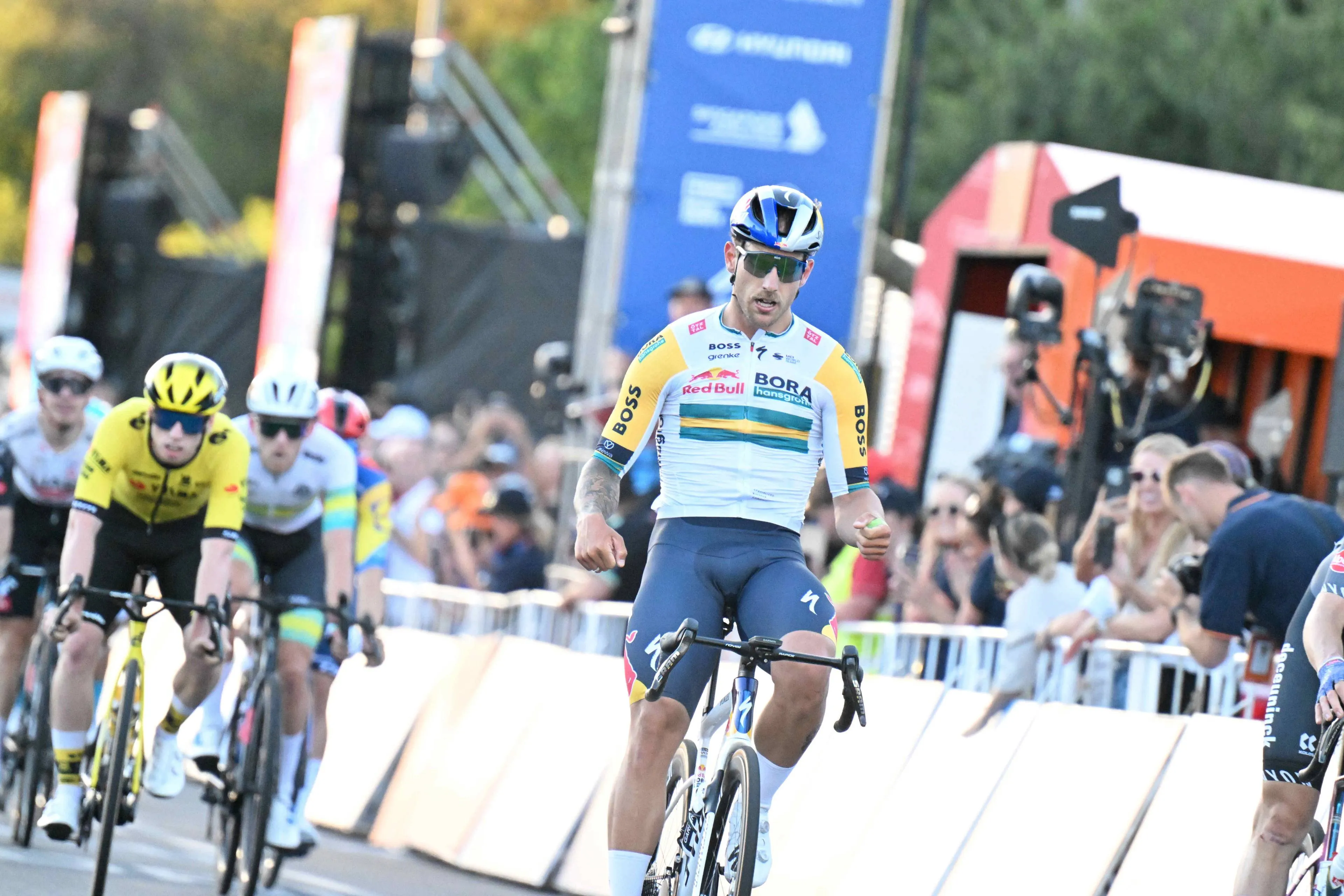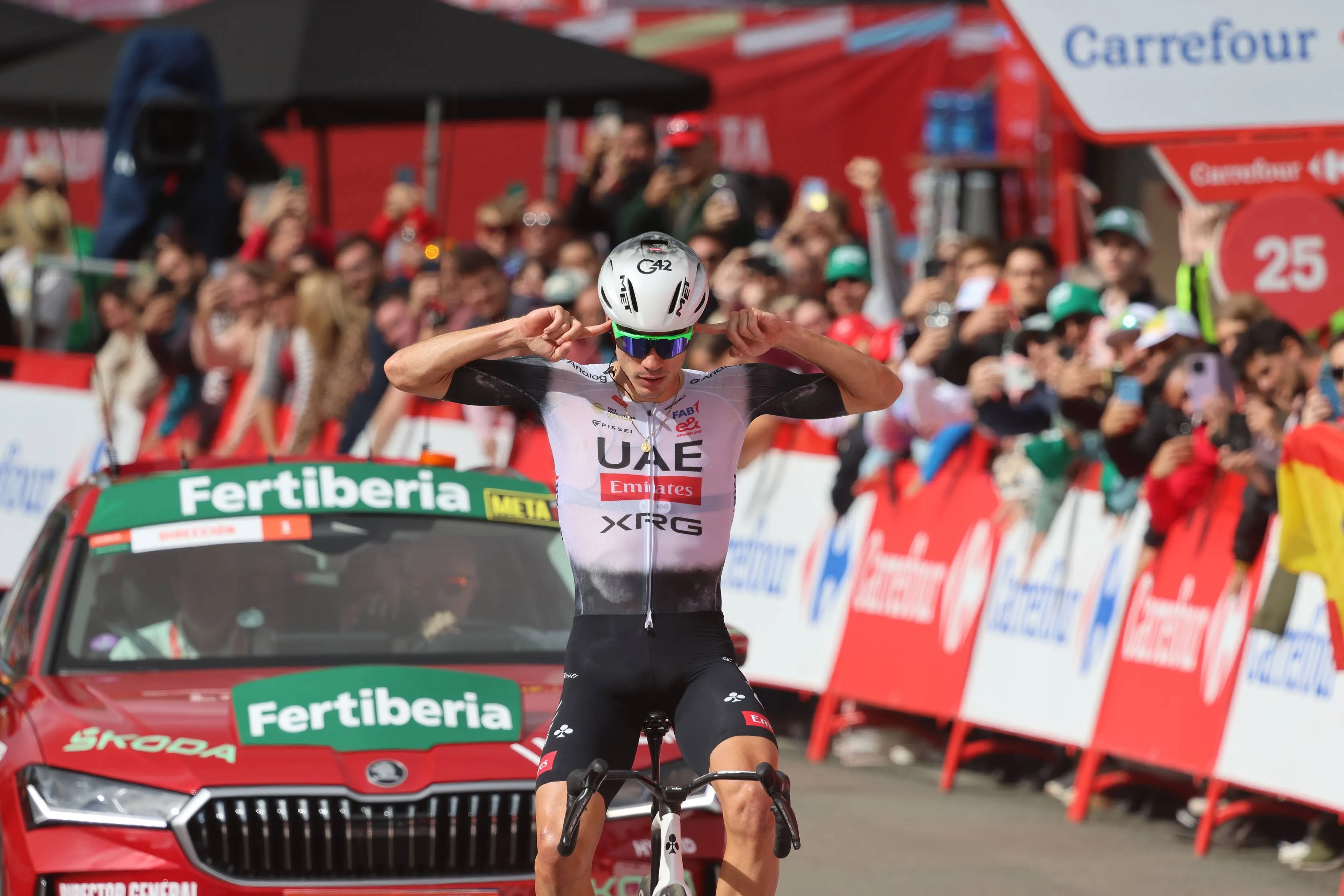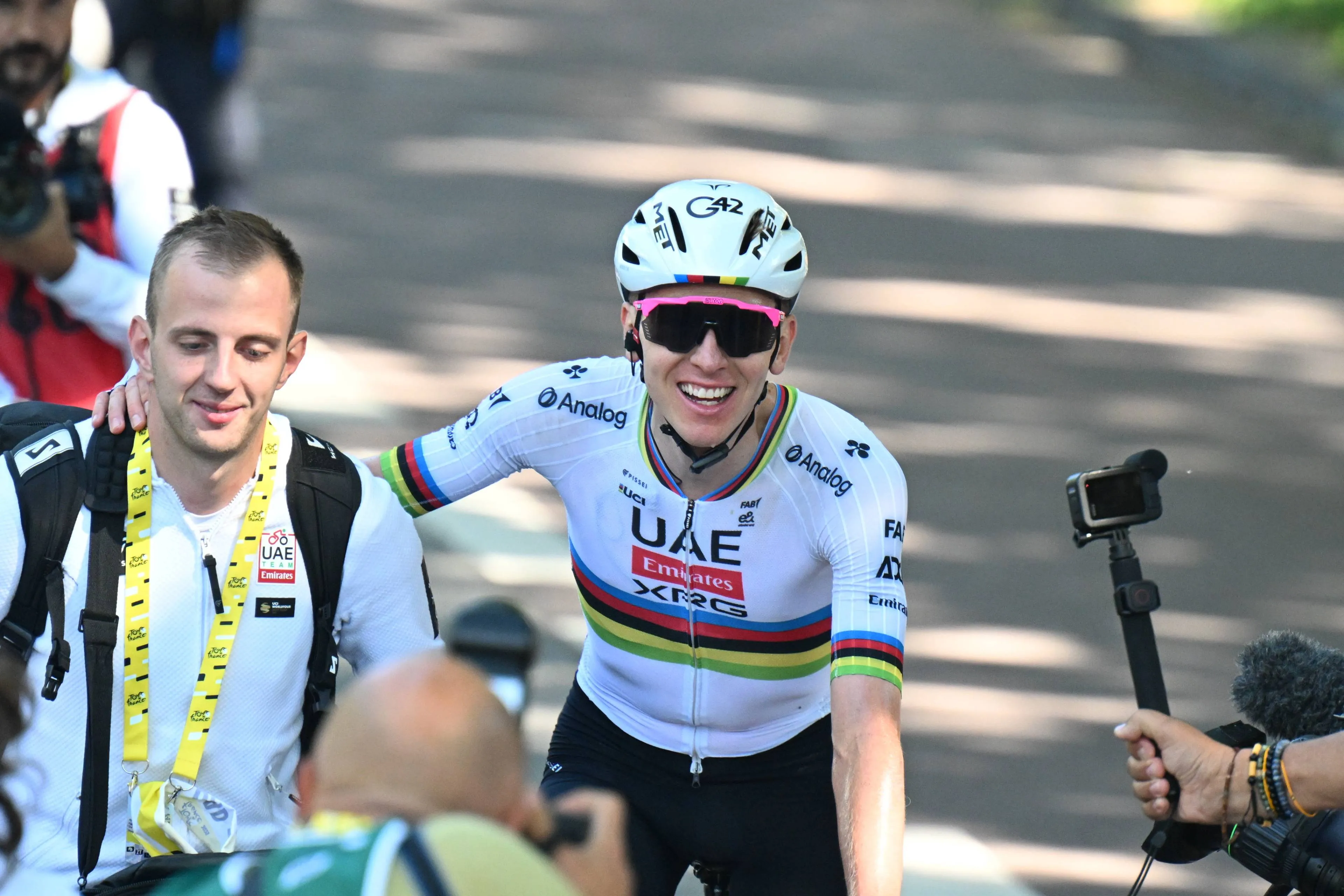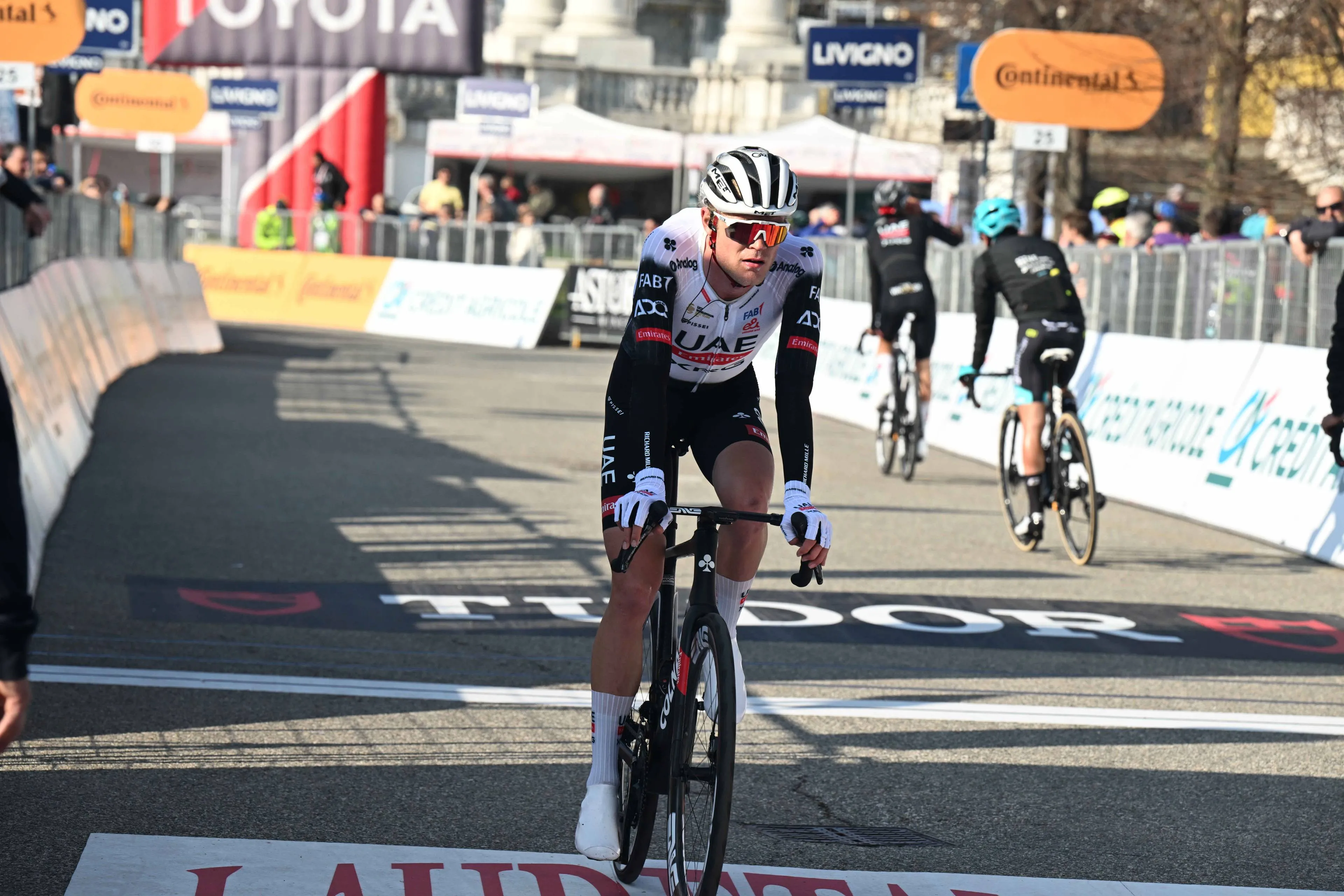COVID and Cycling: Why the Virus Still Disrupts the Sport in 2024
CyclingSunday, 25 August 2024 at 10:13
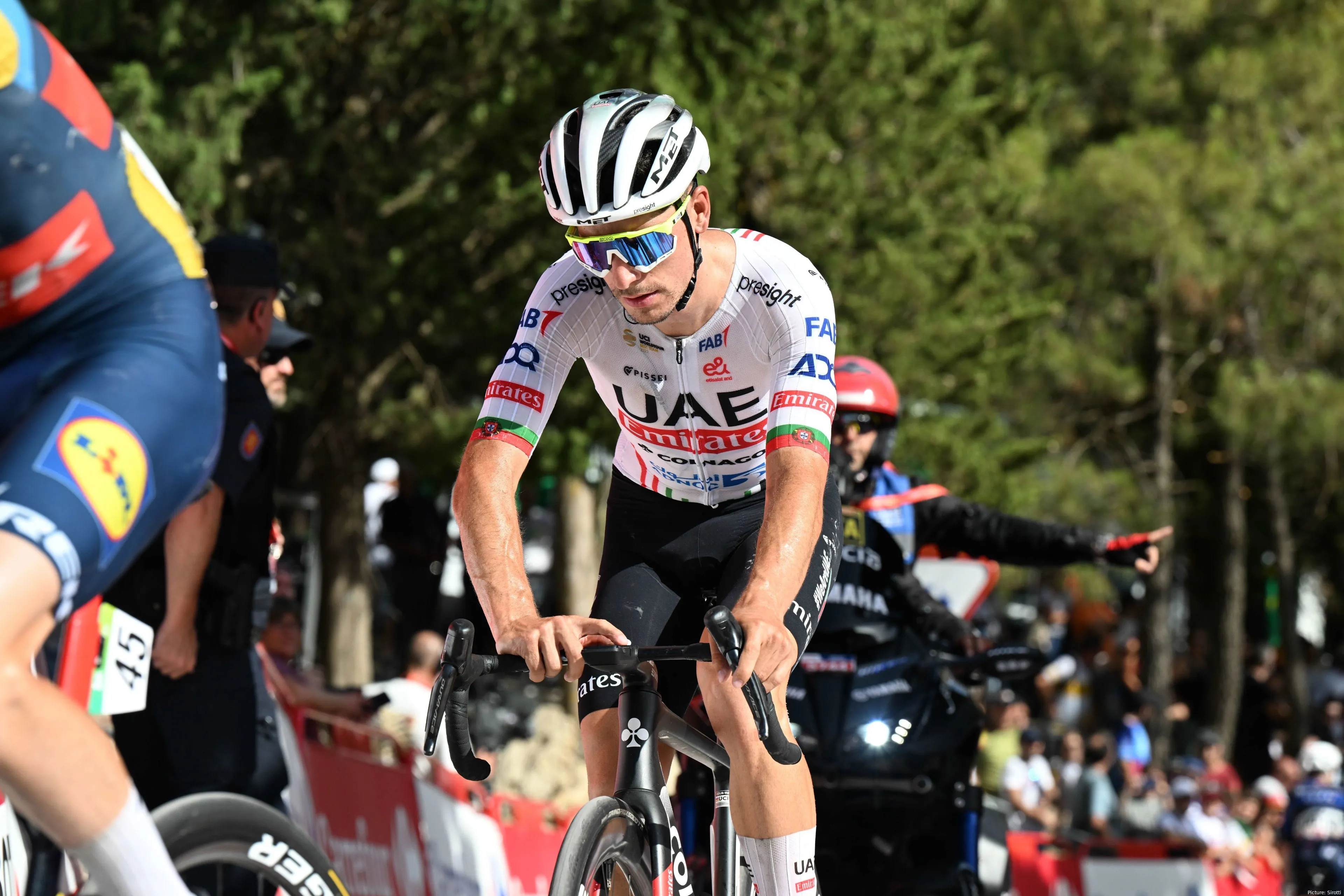
Even as the world has moved back to a state of post-pandemic
"normalcy," COVID-19 continues to be a significant issue for
professional cycling. The 2024 season has once again seen riders struck down by
the virus at critical moments in their racing season, threatening to reshape races and
derail potential victories.
João Almeida, one of the pre-race favourites at the 2024
Vuelta a España, is the latest to suffer from the impact of COVID.
Reports suggested that he tested positive for the virus before a disastrous Stage 8,
where he was dropped on the final climb and subsequently lost valuable time, likely
ending his bid for overall victory. Just this morning, it was confirmed that Almeida has the virus, and has abandoned the race.
This isn’t an isolated incident. COVID-19 has remained a
persistent threat to riders in the peloton, with major stars like Tom Pidcock
and Geraint Thomas affected during the 2024 Tour de France. And in 2023,
reigning world champion Remco Evenepoel was forced to abandon the Giro d’Italia
while leading the race due to a positive COVID test. The question arises: why
does COVID-19 still have such a grip on cycling, even as it seems to have
receded in other sports and much of everyday life? The answer lies in the
unique challenges faced by cyclists, the nature of their sport, and how viruses
spread within the peloton.
A Perfect Breeding Ground
Cycling, more than most sports, creates an environment where
viruses can easily spread. To state the obvious, the dynamics of the peloton, a
large group of riders packed closely together for hours at a time, offer the
ideal conditions for airborne transmission of illnesses like COVID-19. Riders
draft behind one another, sometimes just inches apart, for up to six hours a
day during stage races. This close proximity over long periods makes it
incredibly difficult to avoid virus transmission if even one rider is infected.
Read also
In contrast to team sports like football or basketball,
where players are intermittently close to each other and rarely for long
durations, the peloton is a prolonged, moving cluster. Riders are constantly
exhaling, breathing heavily, and interacting with one another, whether through
drafting or riding in the slipstream of a competitor. This creates a
“closed-loop” of air circulation, which allows viruses to spread rapidly.
Additionally, cyclists interact closely with their teammates
off the bike. During multi-week races like the Tour de France or the Vuelta a
España, riders live, eat, and travel together, further increasing the chances
of viral spread. A rider who contracts COVID can therefore expose their
entire team, staff, and others in the peloton before realizing they are
infected.
Read also
Endurance Sports and the Immune System
Now we’ve addressed the more obvious aspects, we can find
out more specifically why cyclists are impacted more significantly than other
sports. Cyclists are also uniquely vulnerable to viral infections due to the
nature of the sport itself. Endurance sports are known to suppress the immune
system, particularly during periods of extreme exertion, making athletes more
susceptible to illness. The cumulative physical stress of training, racing, and
recovering creates an "open window" where the body’s immune response
is compromised, leaving athletes more prone to infections.
During a Grand Tour, this susceptibility is heightened.
Cyclists are pushing their bodies to the limit day after day, often riding for
up to six hours in extreme conditions—whether it's heat, rain, or cold mountain
stages. The energy expended in such efforts requires significant recovery, but
the body’s resources are often so depleted that its ability to fend off
infections is diminished.
Read also
The stress of stage racing is not just physical; it’s also
mental. Stress, both psychological and physical, is known to weaken the immune
system. The pressure to perform, maintain a competitive position in the general
classification, and deal with race logistics can all take a toll, leaving
riders even more vulnerable to viruses. For someone like João Almeida, whose
team is banking on his form, the mental strain combined with the physical
exhaustion of racing would have likely further reduced his immunity.
Why Other Sports Are Less Affected by COVID in 2024
While COVID-19 continues to affect professional cycling,
other sports seem to have moved on from the pandemic with fewer disruptions.
There are several reasons for this discrepancy.
First, the structure and environment of most team sports
reduce the likelihood of widespread outbreaks. In football, rugby, or tennis,
athletes are not consistently in close contact for extended periods like
cyclists are in the peloton. Even in sports where there is physical contact,
such as football or basketball, the periods of close proximity are shorter and
there are more opportunities to limit the spread of infection.
Read also
Second, the scheduling and duration of these sports differ
significantly from cycling. Most sports feature single events, matches, or
games that last a few hours at most, followed by periods of recovery or
downtime. In contrast, cyclists compete for days or weeks at a time in stage
races. This continuous exposure to the same group of people—teammates,
competitors, staff—increases the risk of viral transmission.
Moreover, many sports have adopted stronger containment
protocols, such as regular testing, isolation, and vaccination mandates, making
it easier to catch and limit the spread of COVID before it impacts entire teams
or leagues. In cycling, while testing is still widespread, the constant travel
and interaction with locals and media make containment measures less reliable.
What Can Be Done
As COVID-19 continues to disrupt cycling in 2024, it’s clear
that more needs to be done to protect riders and teams. Several potential
measures could help minimize the risk of outbreaks and their impact on races.
- Improved Testing and Isolation Protocols: While testing remains standard in Grand Tours, stricter pre-race and daily testing could be reintroduced to catch infections earlier. In addition, more immediate isolation protocols could help prevent infected riders from spreading the virus to their teammates and the peloton.
- Media Testing: Grand Tours could adopt stricter rules for journalists attending the races, in a bid to limit the transmission of COVID and other viruses that can impact riders performances.
Read also
A Lingering Threat
While other sports have seemingly moved beyond the pandemic,
cycling's unique dynamics make it particularly susceptible to viral outbreaks.
Whether it’s the constant close contact in the peloton, the immune-compromising
effects of endurance racing, or the logistical challenges of long, multi-stage
races, the sport faces a particular set of challenges in keeping riders safe.
In a season already marred by COVID-related withdrawals—such
as Tom Pidcock and Chris Harper at the 2024 Tour de France—cycling must now
confront how to better protect its athletes. The virus may no longer dominate
global headlines, but in the world of professional cycling, it’s still very
much a part of the race.
It must be said that COVID, like any other virus, is
something that riders will unfortunately always have to deal with. It’s an
element of luck or bad luck within the peloton that can never be entirely
removed. But, more should be done to ensure that cyclists can lower the risks
of seeing their races ruined by the lingering virus.
claps 1visitors 1
Just in
Popular news
Latest comments
- Overall, the level has gone up amongst the top 3 or 4 teams... Except for Ineos, the level has gone down.
 Front24216-12-2025
Front24216-12-2025 - So long as Tadej doesn't turn into a raging Cav or Wiggins, status quo will prevail.Colnago-fan16-12-2025
- The UCI have stated that Carboni's biological passport irregularities were from 2024, when he was riding for JCL Team UKYO. The details matter.
 santiagobenites16-12-2025
santiagobenites16-12-2025 - Well, it might sound very arrogant or like a put down. I think his words are pretty accurate and a good assessment on the physique or formOnepiece16-12-2025
- Johansen gets a year and the 'big stars' get big bucks and everything...' Gianetti - hard fkr
 leedorney16-12-2025
leedorney16-12-2025 - Pedersons talent doesn't need to be doubted - he won the world's in Yorkshire in atypical weather for that area and that's a win in itself!
 leedorney16-12-2025
leedorney16-12-2025 - Yeah, it's basically a form of clickbait to make you click on the headline and spend a few seconds reading to find out who it is. That helps with the analytics that advertisers are looking for (i.e. how long readers are spending on the page).Pogboom16-12-2025
- The headline doesn't say anything... Right down the page tho, it says Sam Welsford 🙄 Like how fkg hards that... TO PUT IN THE HEADLINE 🙃
 leedorney16-12-2025
leedorney16-12-2025 - We are talking here about 2025/2026 season. It is obvious that everybody gets old and at some point going to be slower.averagecyclist16-12-2025
- The only way to win against a stronger rider is by using tactics. You don't work with them, let them expend energy while you remain in the wheels.abstractengineer16-12-2025
Loading
Write a comment

